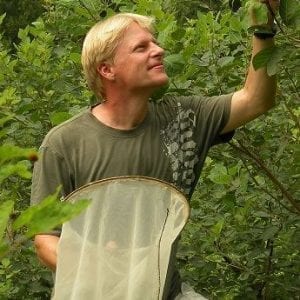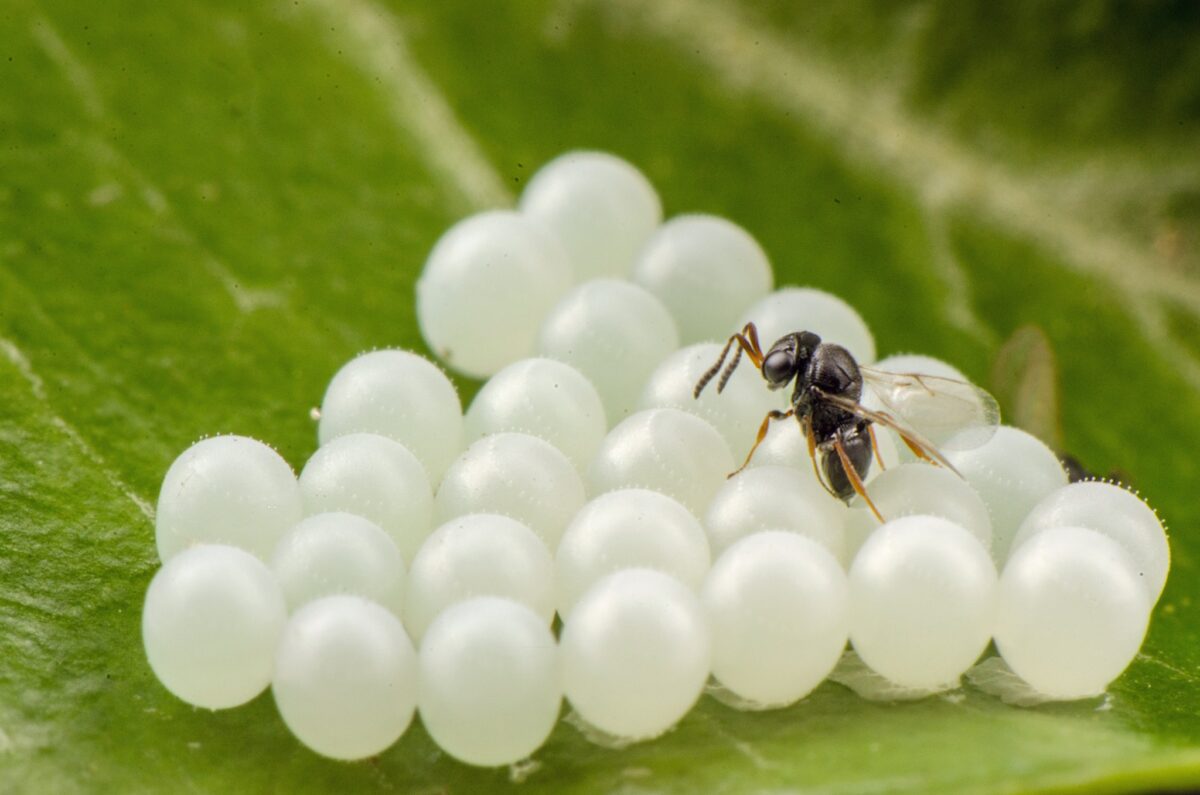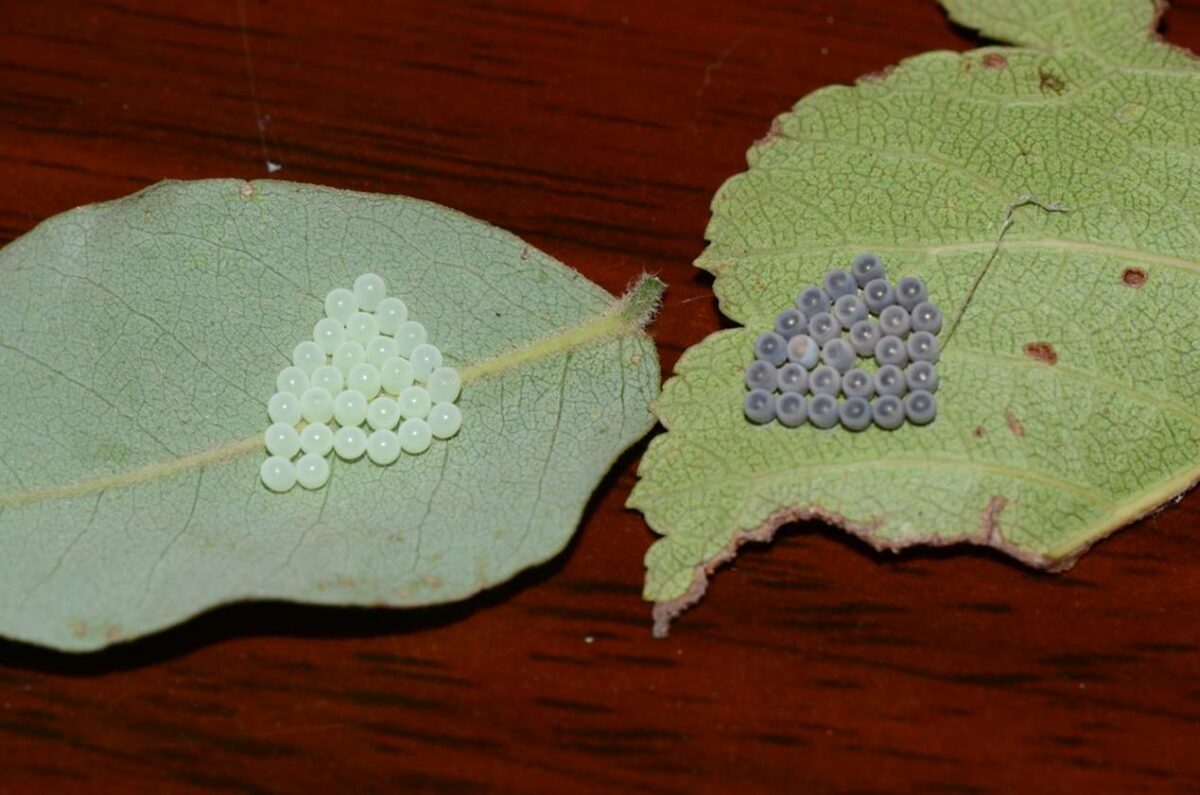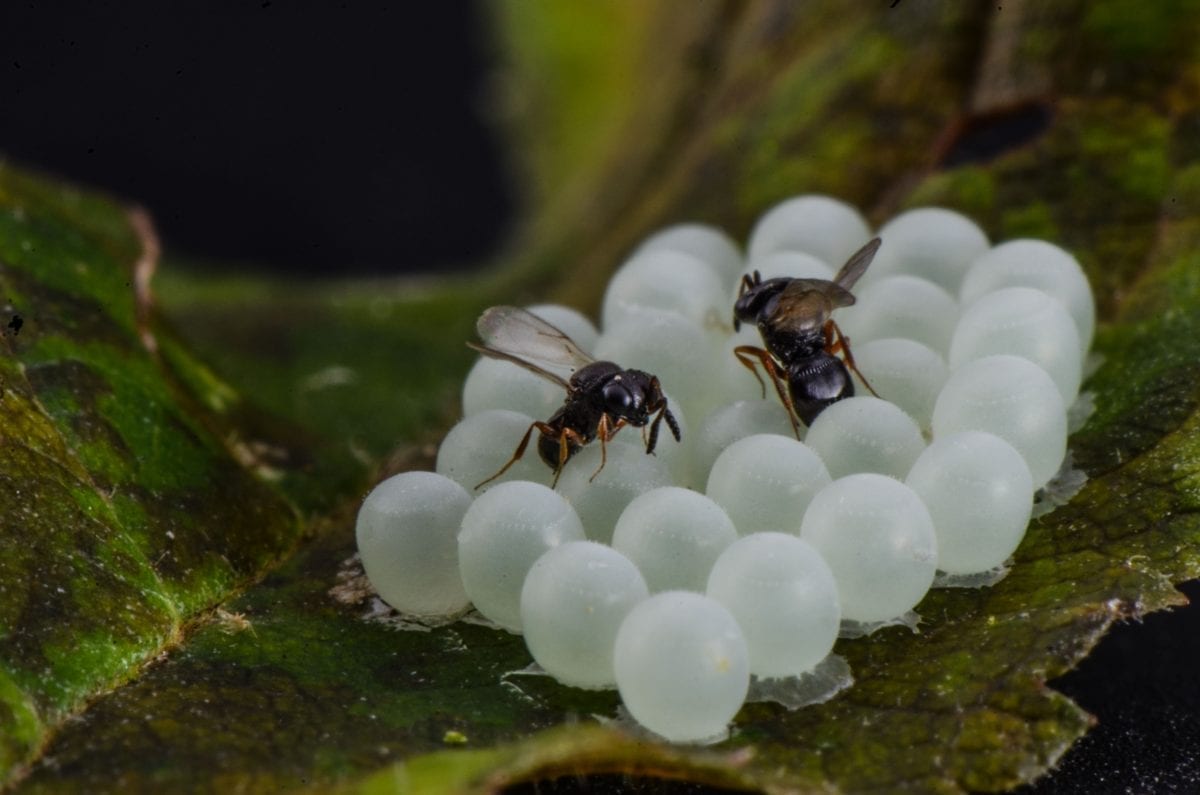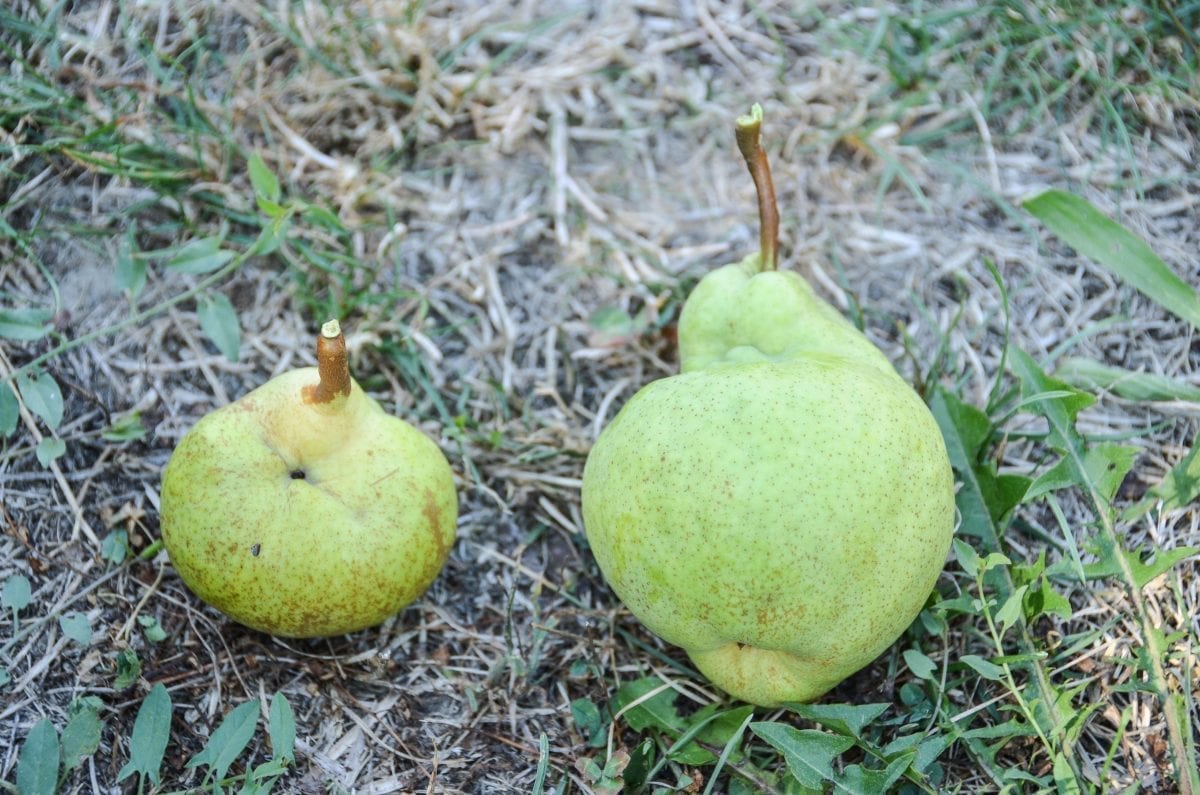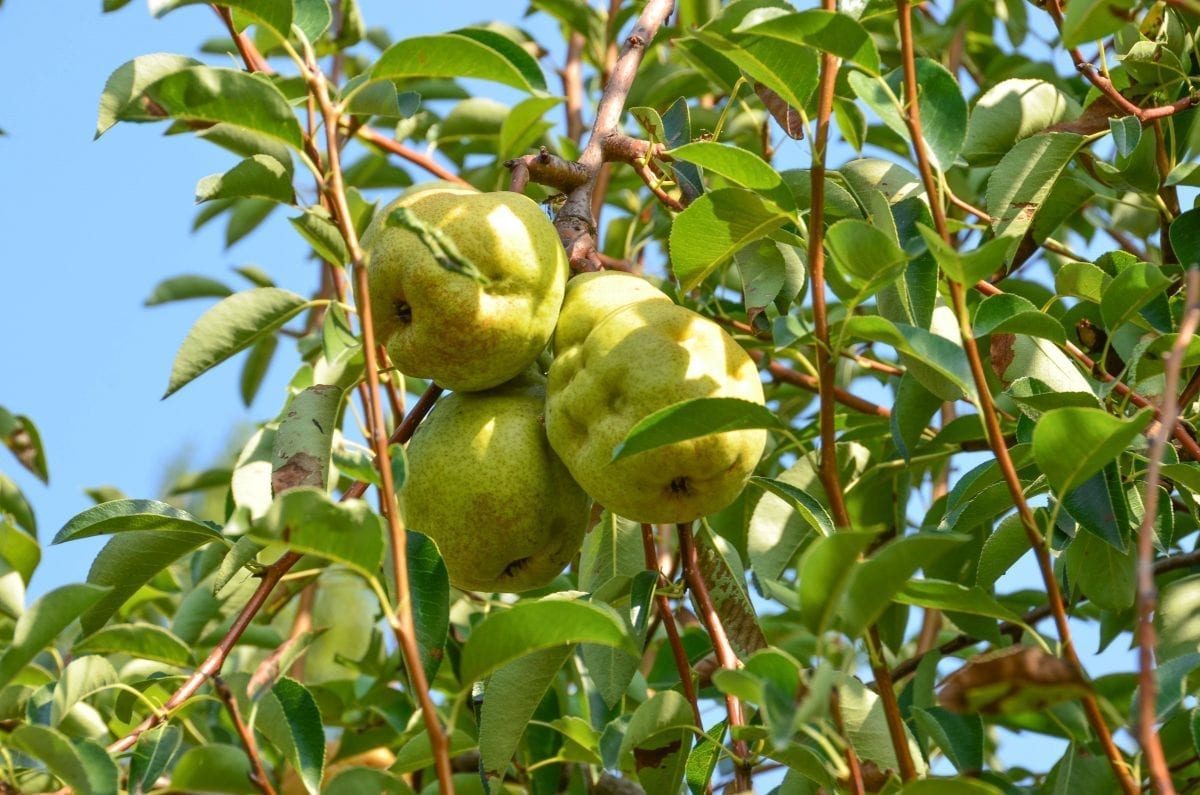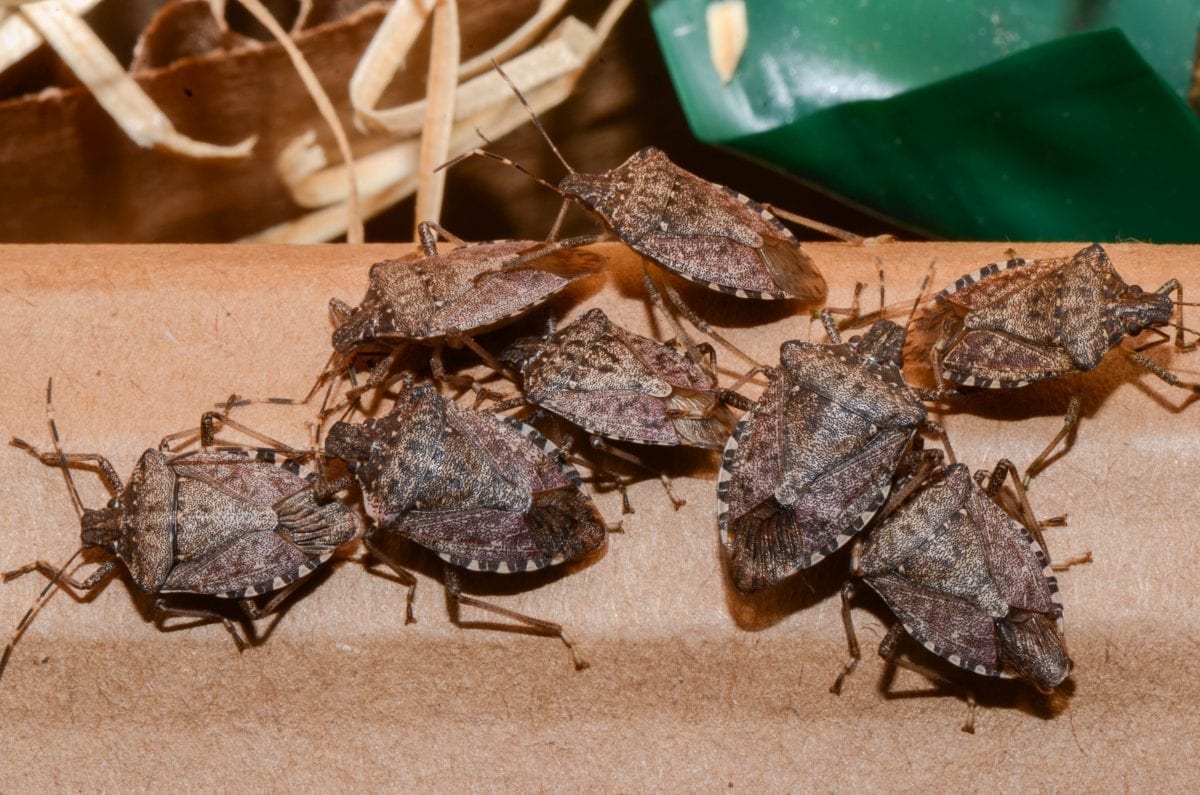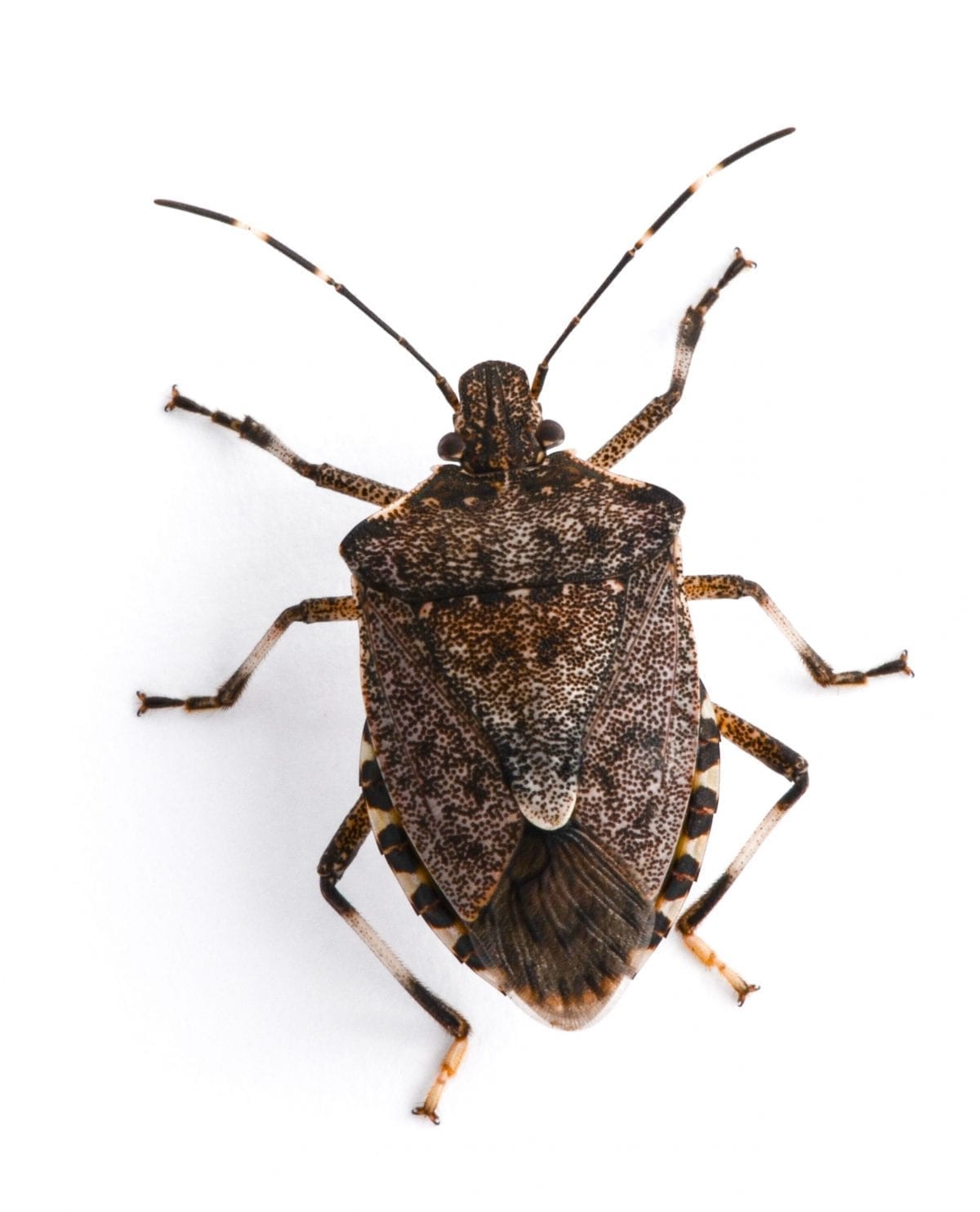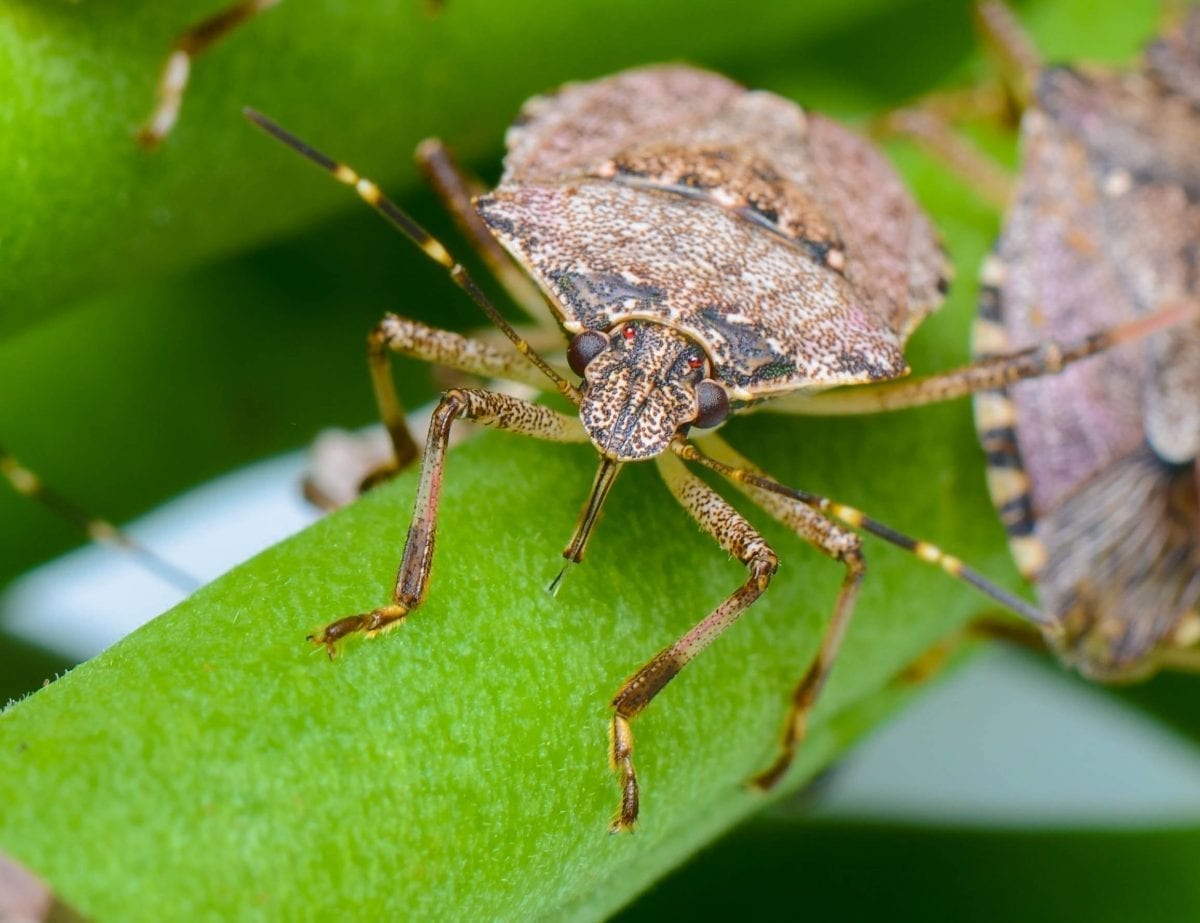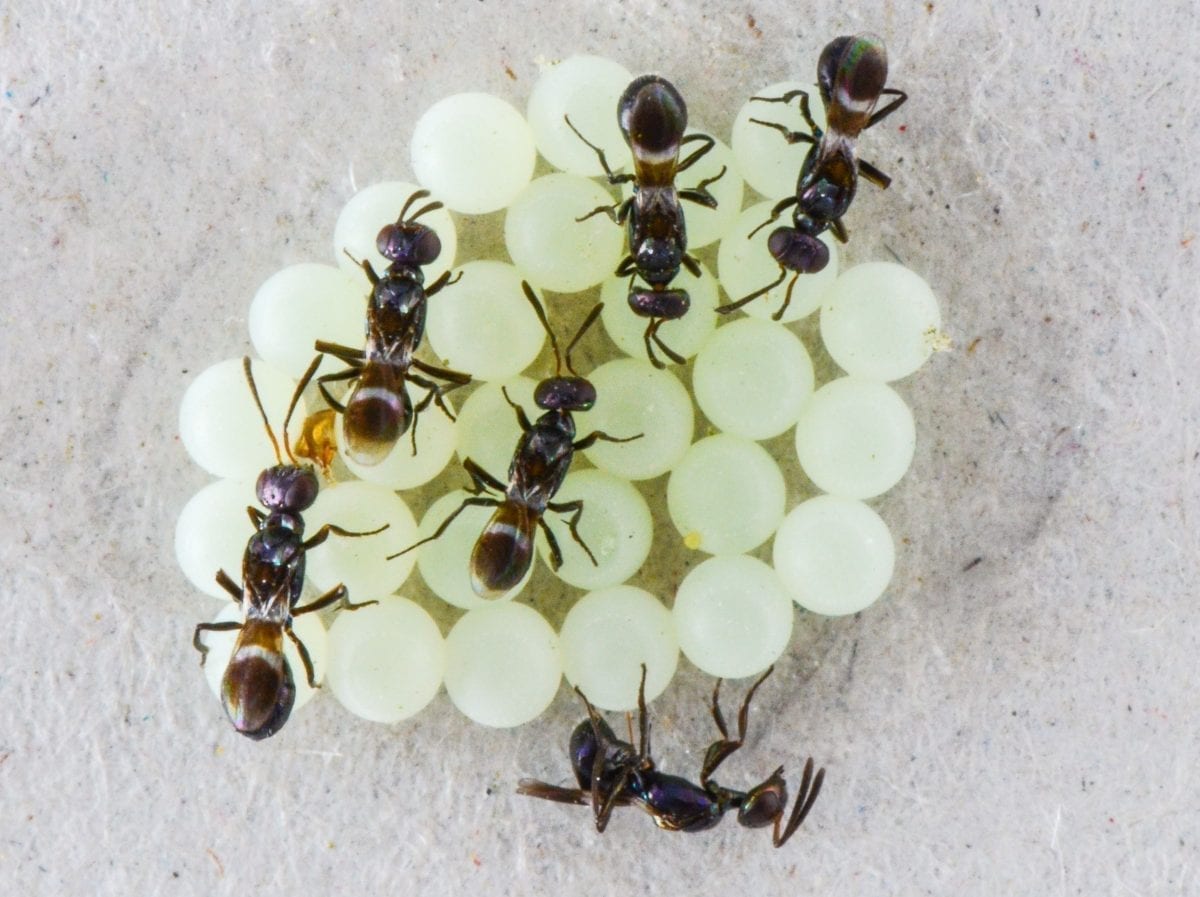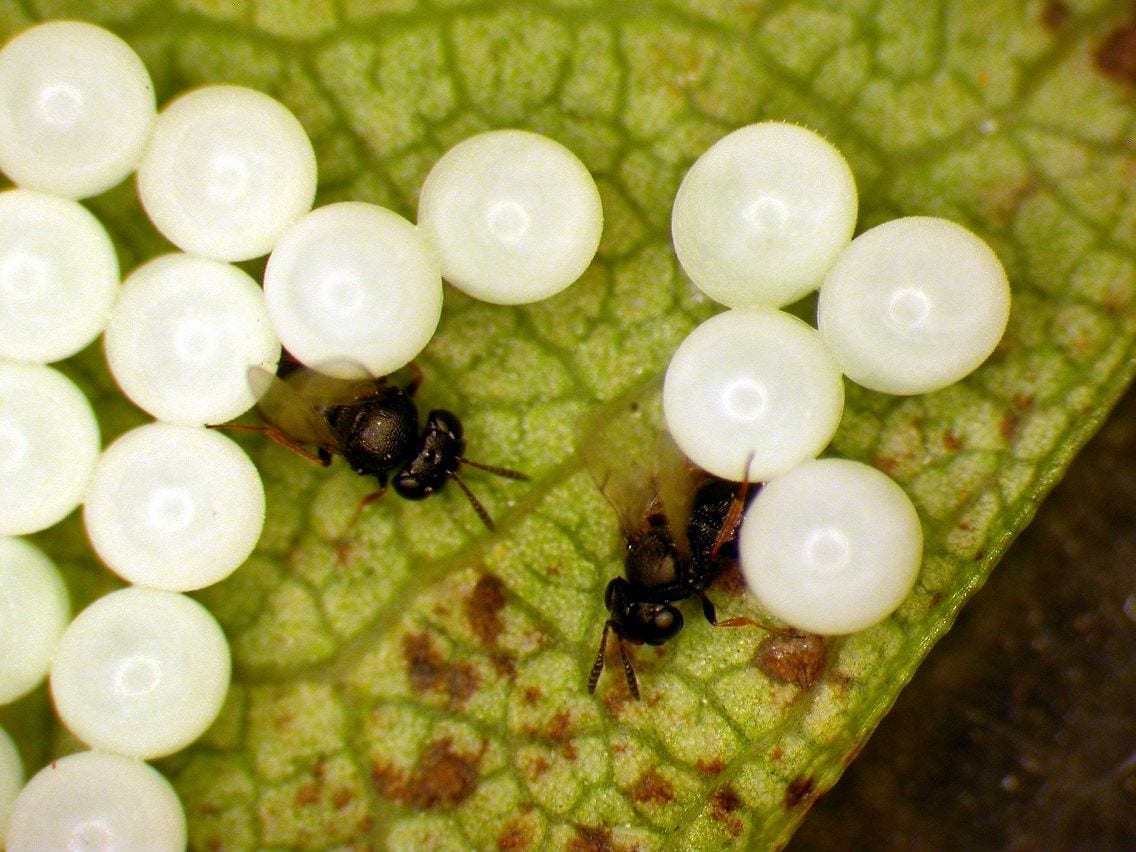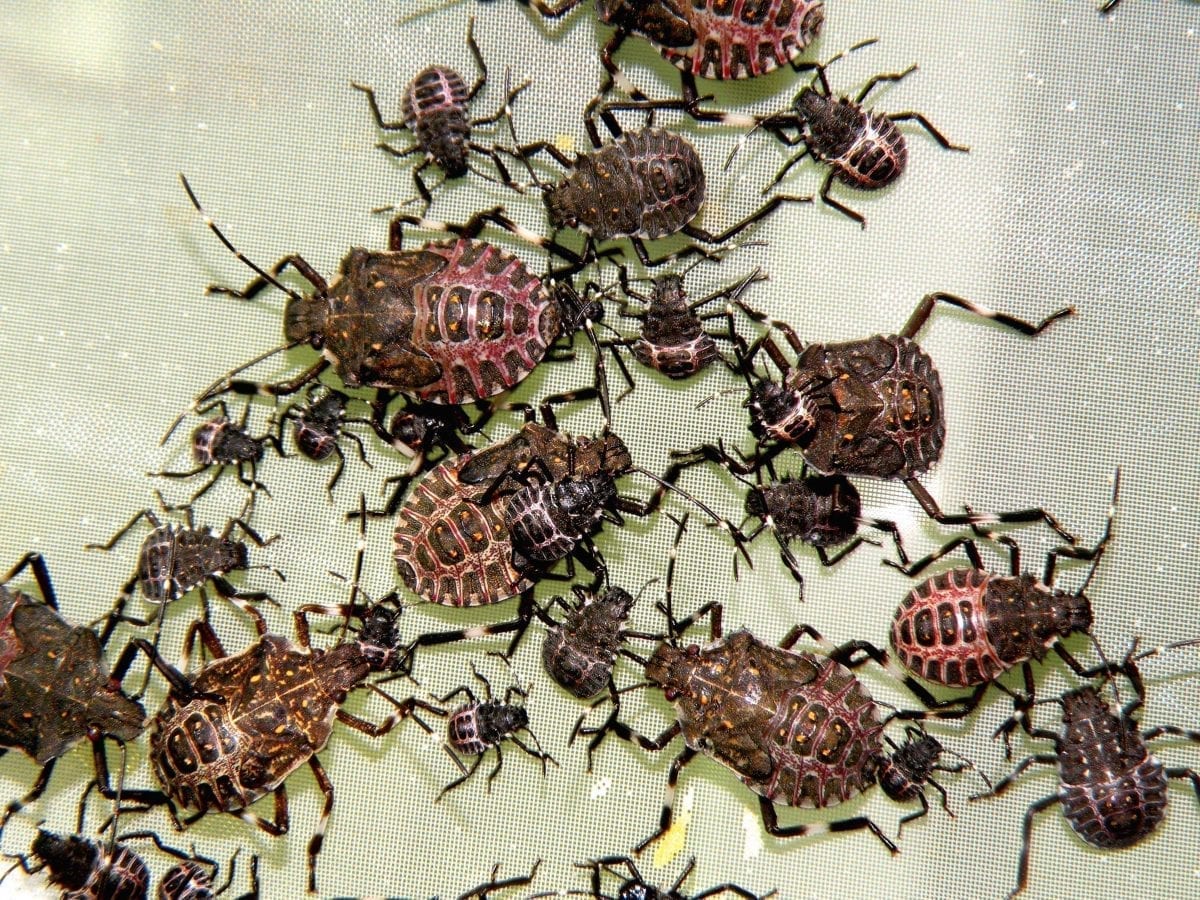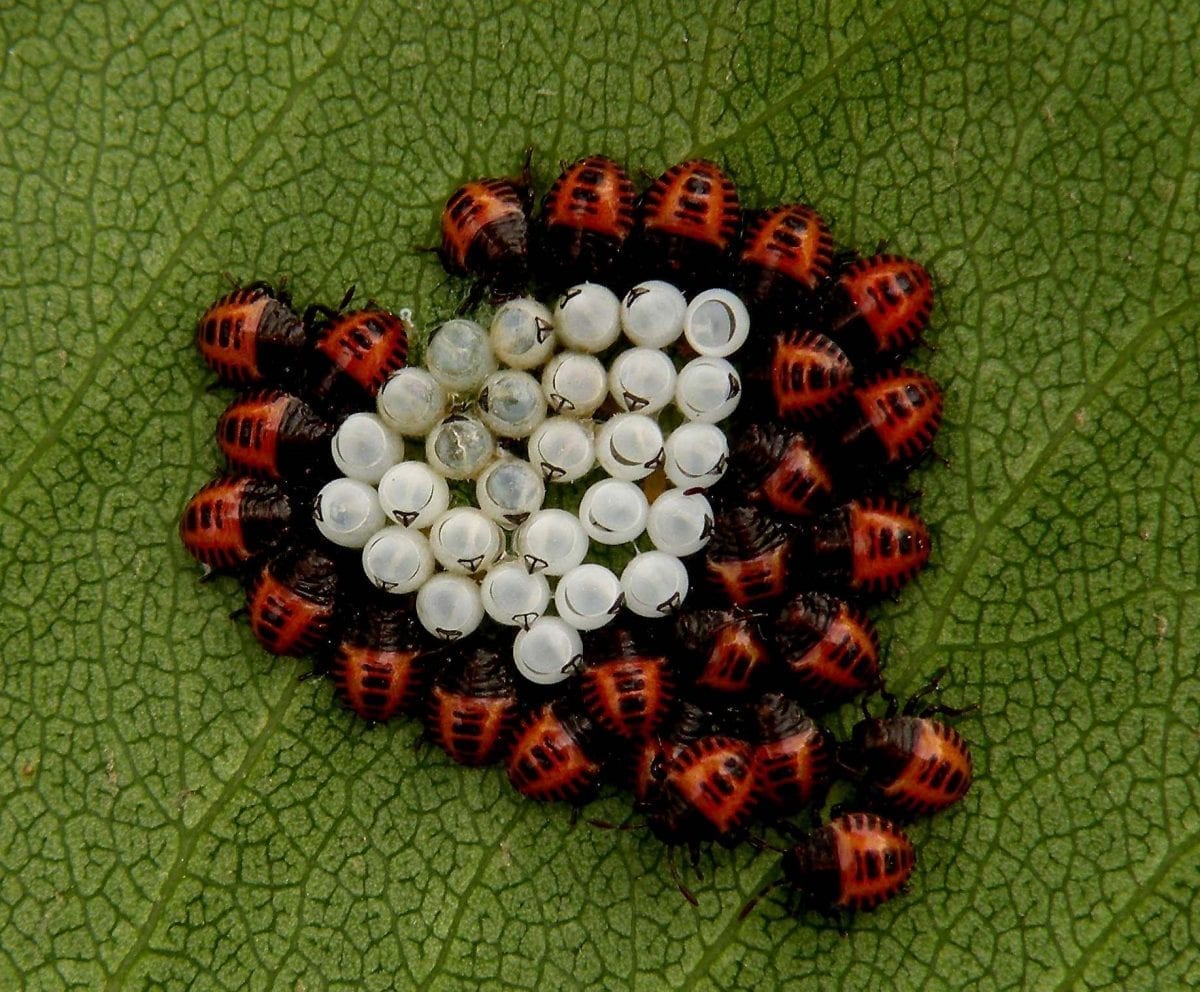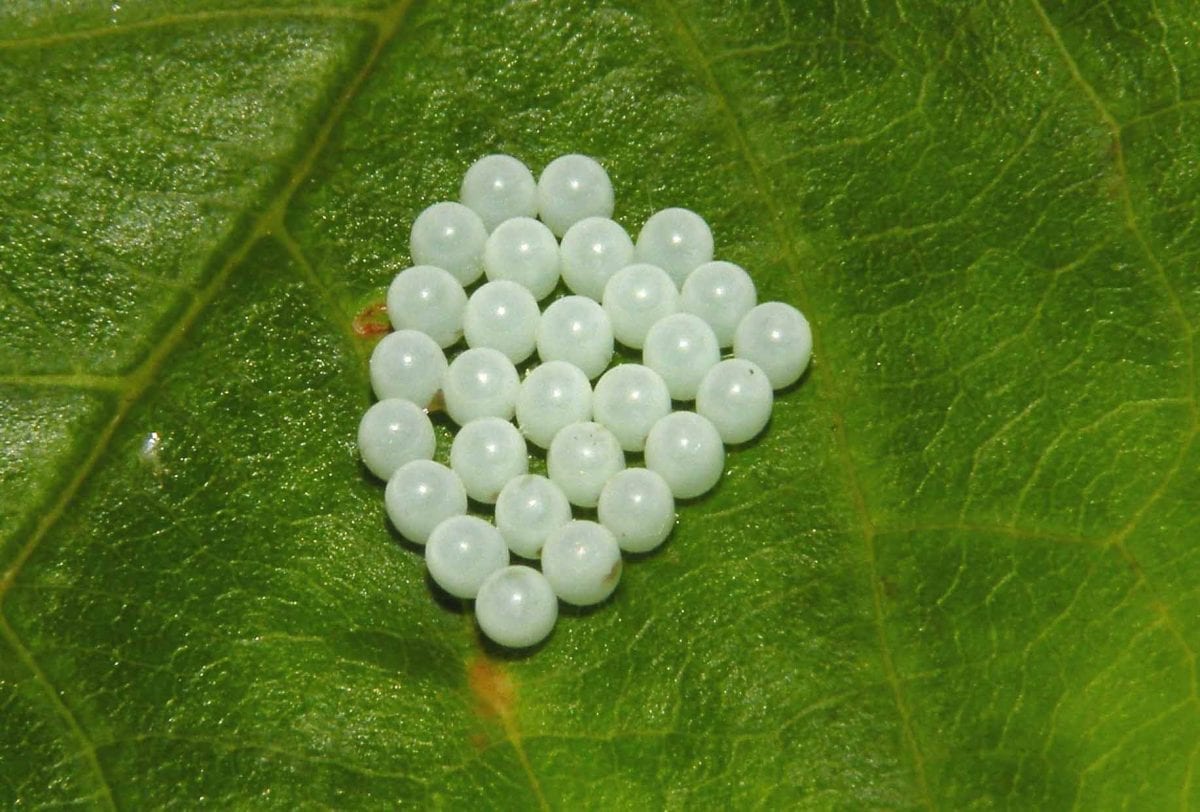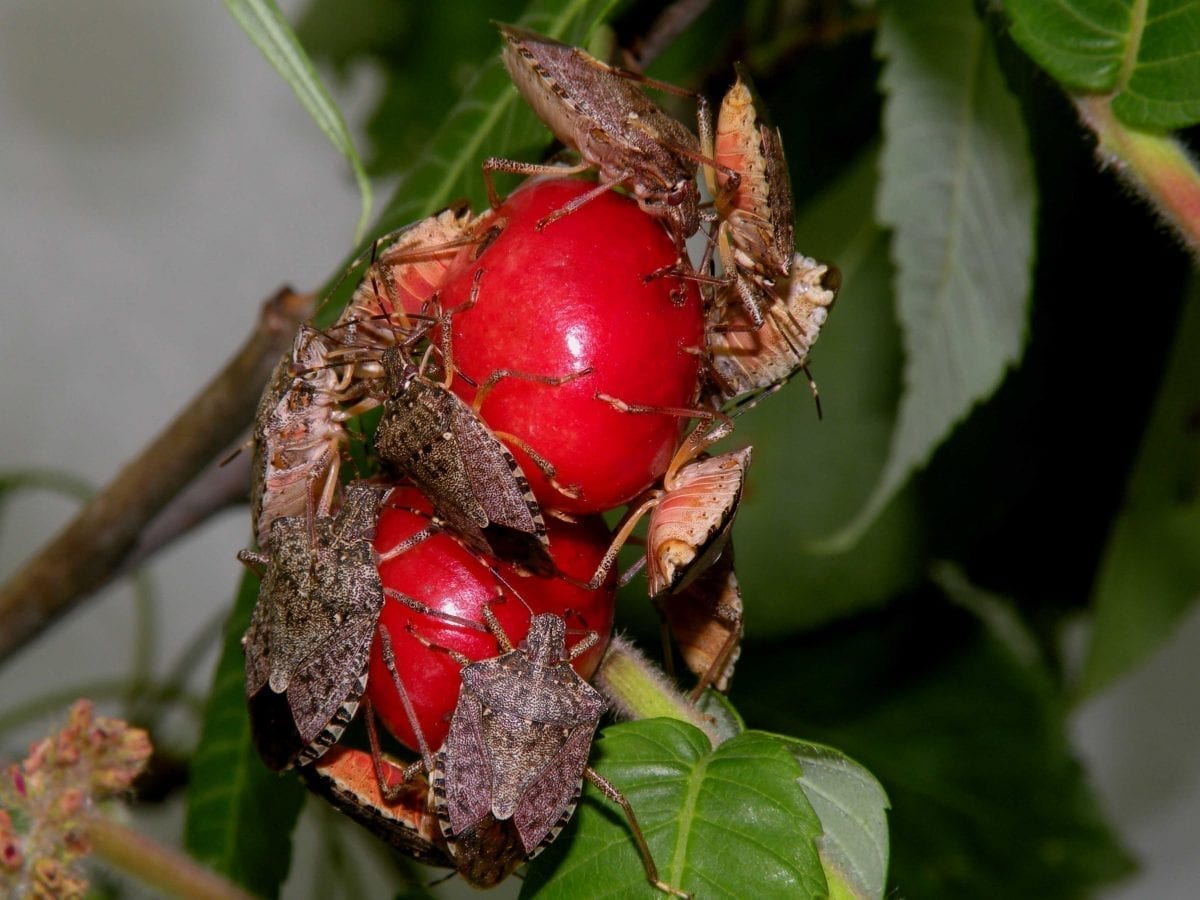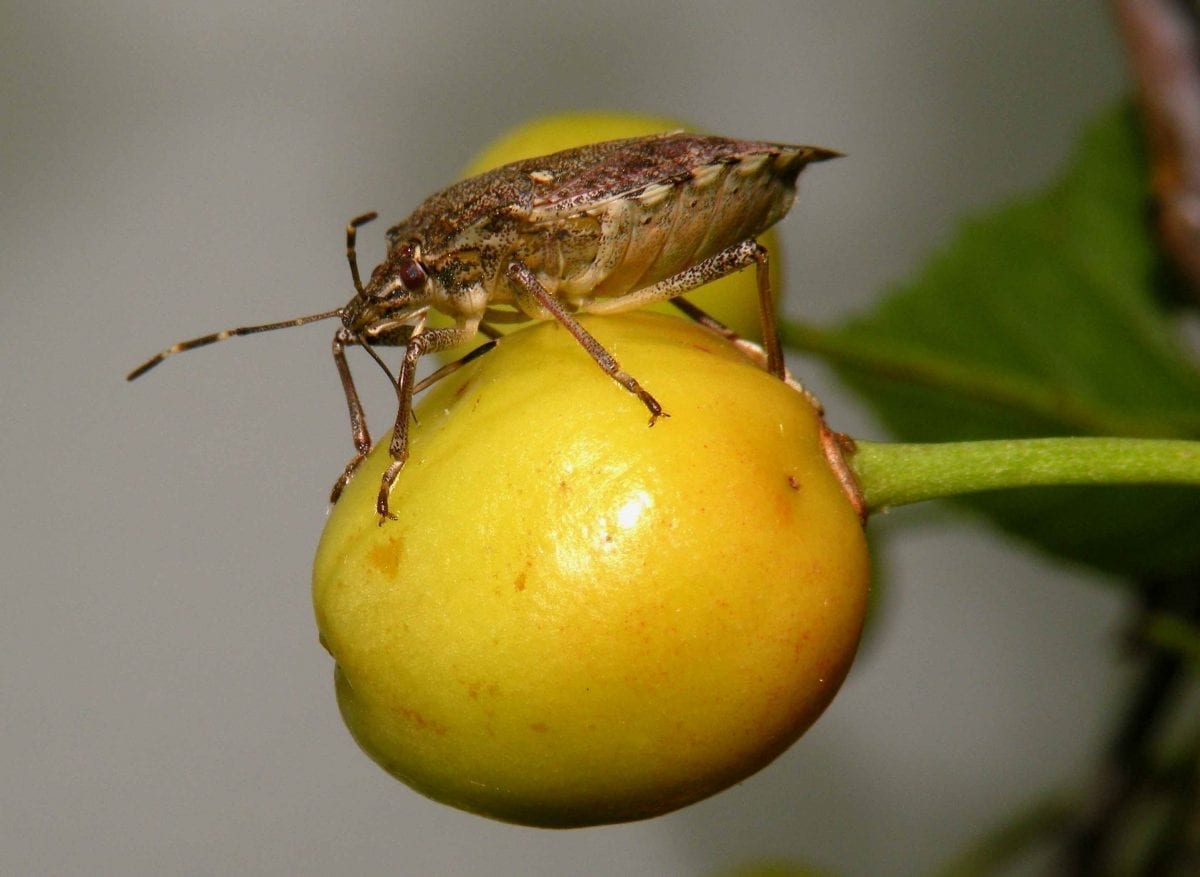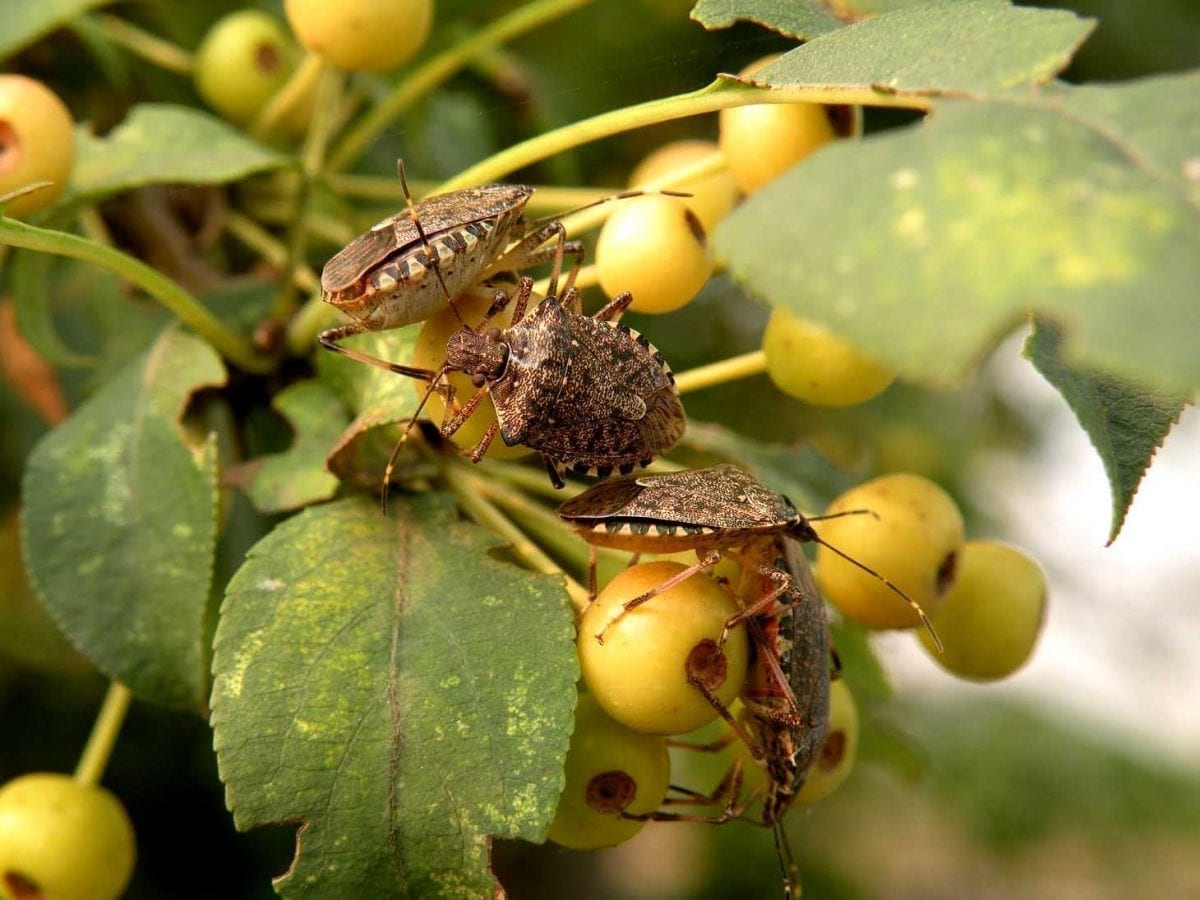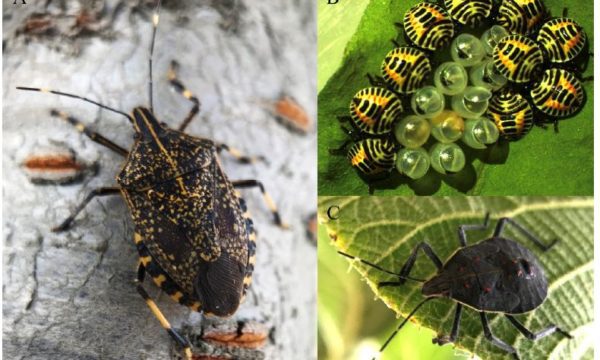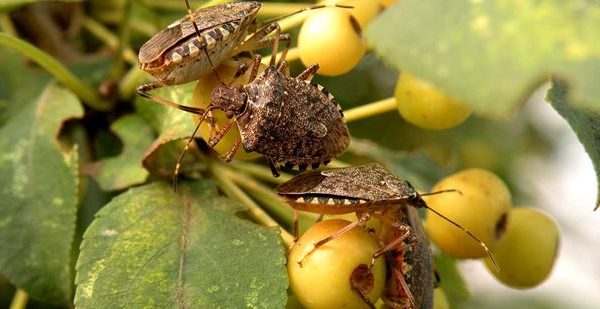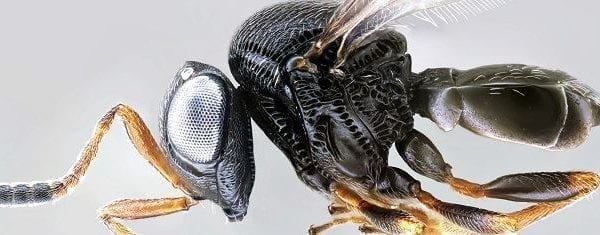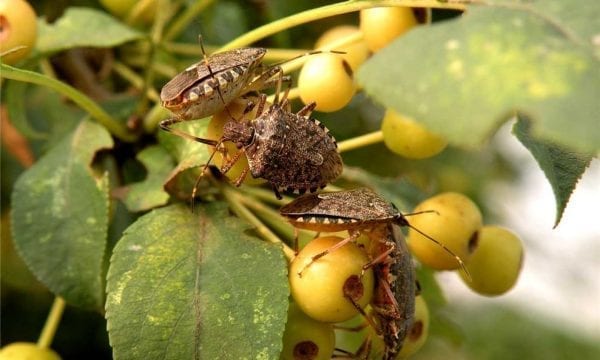Biological control of brown marmorated stink bug
International trade is a common way for insects to ‘hitch-hike’ their way to new countries. The brown marmorated stink bug, originally from East Asia, has become a harmful invasive pest of many fruit and vegetable crops in North America and Europe. Biological control using Asian or European natural enemies may be an environmentally friendly, cost-effective and sustainable way of managing the pest. CABI is drawing on its network of expertise in Europe and China to explore best options.
China
Georgia
Italy
Switzerland
Project Overview
So, what’s the problem
The brown marmorated stink bug, Halyomorpha halys, emerged as a harmful invasive pest of fruit and vegetable crops in North America and Europe in the 1990s and 2000s, respectively.
Native to Asia, since its arrival, it has spread through most of Europe’s mainland and due to climate change, it has the potential to further expand its range. This highly polyphagous pest, which is able to feed on over 300 different host plants, is spreading rapidly worldwide, notably through human trade-related activities. Coordinated action is needed to slow its spread and mitigate its impacts.
In North America and Europe, control currently relies on broad-spectrum chemical insecticides, but research is being conducted on the potential of natural enemies, such as parasitic wasps. Parasitoids from the pest’s area of origin in Asia for classical biological control and native European parasitoids for inundative control (mass rearing and release) have been investigated.
What is this project doing?
Since the impact of native natural enemies on invasive H. halys populations in Europe and North America is generally low, H. halys was identified as a promising target for classical biological control. Surveys for natural enemies that have co-evolved with H. halys in its native range revealed that it is mostly attacked by egg parasitoids, among which the samurai wasp, Trissolcus japonicus, was identified as the most promising candidate for classical biological control.
As T. japonicus is not native to Europe, its host specificity had to be investigated as part of an assessment of whether it is suitable to be introduced. In 2017 and 2018, CABI evaluated its prospective fundamental host range in Europe in behavioural no-choice tests, followed by large arena choice tests presenting host plants with naturally laid egg masses of target and non-target hosts.
In parallel, we explored another promising option: some native European egg parasitoid species had started to adopt H. halys as a new host. In the EU-project BINGO, we investigated whether one of these, Anastatus bifasciatus, could be used for inundative biological in European apple orchards. To assess its efficacy against the pest H. halys in a realistic field setting, inundative releases were conducted over three consecutive years in four fruit orchards in Switzerland and Italy.
Results
Laboratory host range studies showed that T. japonicus’ fundamental (physiological) host range is restricted to the Pentatomoidea (family of insects belonging to Hemiptera, or stink bugs), but the parasitoid is capable of successfully parasitizing the eggs of several pentatomids and a few species of scutellerids (family of true bugs) other than H. halys.
These studies also showed that most non-target species, compared to H. halys, were usually accepted at lower rates and were less suitable for T. japonicus offspring development. Developmental suitability of European non-target host species for T. japonicus was demonstrated in no-choice tests by offspring emergence from 11 out of 13 non-target species tested (85%). Whereas most non-target species were less accepted than H. halys, four native species (Palomena prasina, Rhaphigaster nebulosa, Pentatoma rufipes, and Arma custos) were accepted at rates comparable to the target host. Before any laboratory risk assessment studies for T. japonicus in Europe had been completed, adventive (self-introduced) populations of T. japonicus were detected by CABI in the Canton Ticino in southern Switzerland.
Inundative field releases using the native parasitoid Anastatus bifasciatus caused on average 6% egg parasitism (range: 2–16%) and were considered not high enough to effectively suppress the pest.
Project Manager
